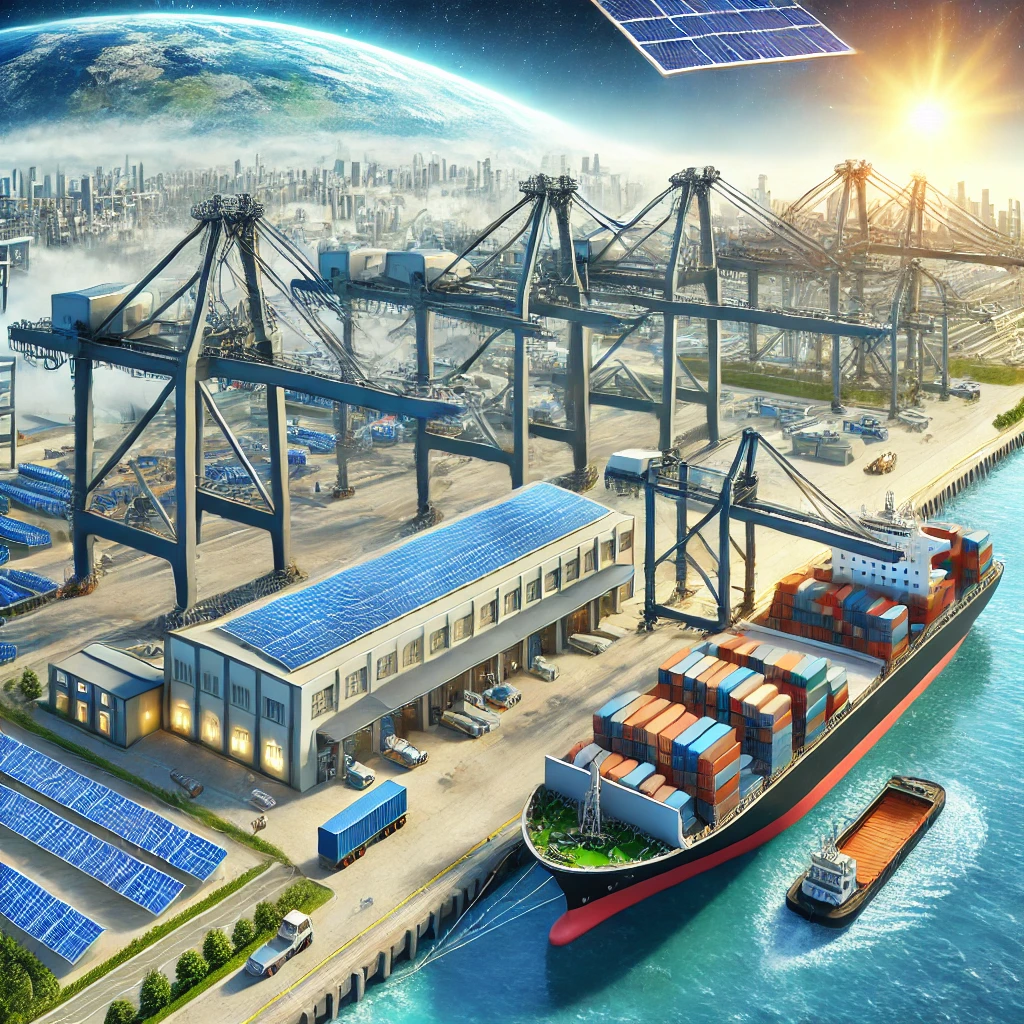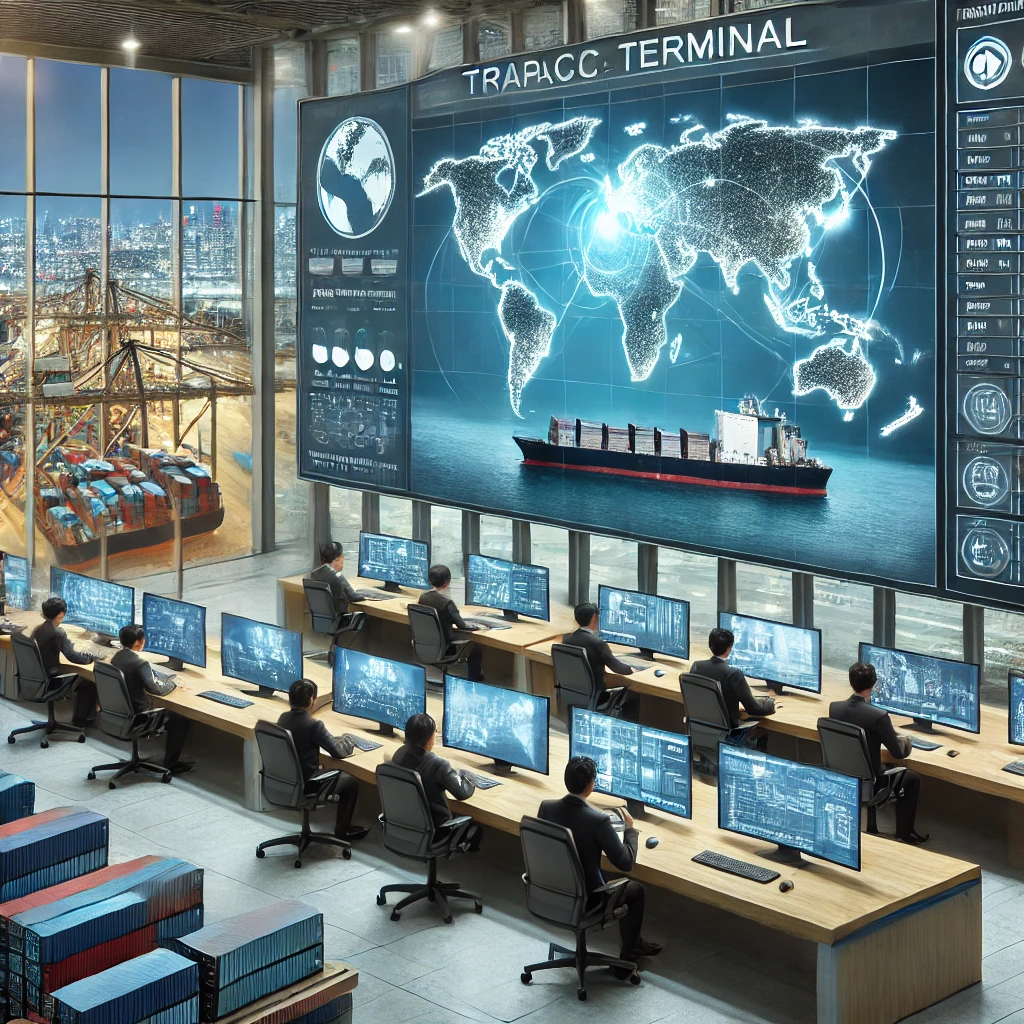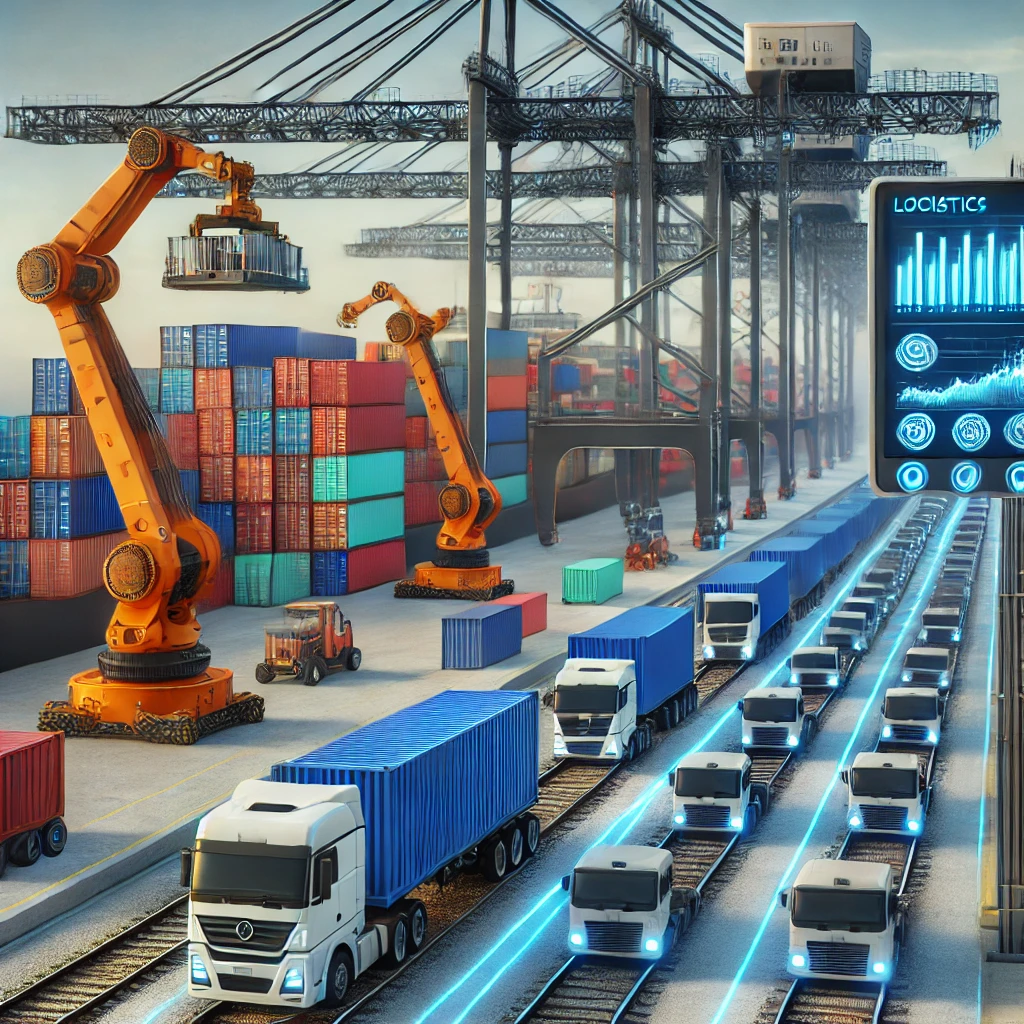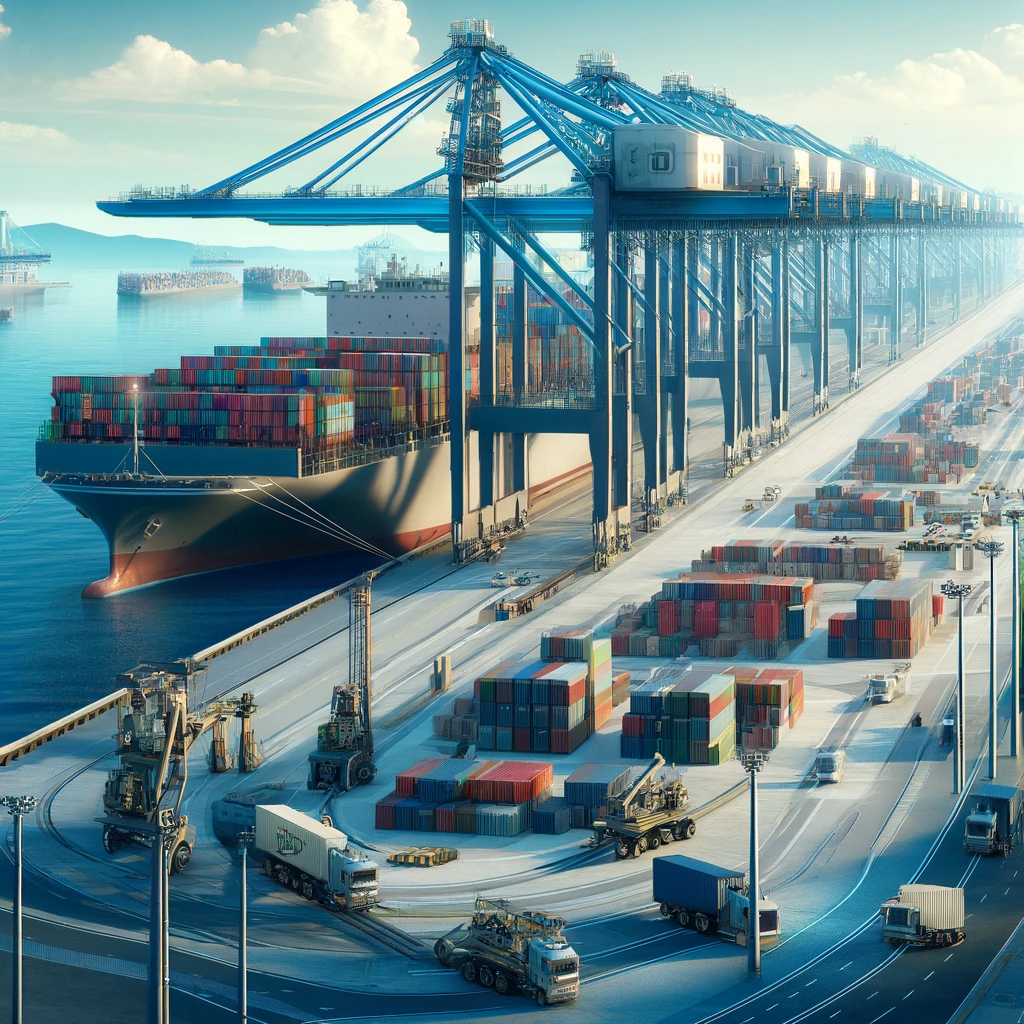A Beginner's Guide to TraPac Terminal

What is TraPac Terminal?
TraPac Terminal is a privately operated container terminal that provides shipping lines, freight forwarders, and logistics providers with advanced cargo handling services. It is known for:
- Fully automated cargo operations for efficient loading and unloading.
- Eco-friendly initiatives aimed at reducing emissions and improving sustainability.
- Seamless connectivity to road, rail, and sea transport networks.
With its strategic location on the U.S. West Coast, TraPac plays a vital role in trans-Pacific trade, facilitating the movement of goods between North America and key markets in Asia and beyond.
Key Features of TraPac Terminal
- Automation & Technology
- Automated stacking cranes (ASCs) for precise container placement.
- Self-driving trucks for internal container transport.
- AI-powered logistics systems for real-time tracking and cargo management.
- Strategic Location & Connectivity
- Direct access to Interstate highways and major rail networks.
- Efficient connections to Union Pacific and BNSF rail yards for inland cargo movement.
- Short transit times for Asian-Pacific shipping routes.
- Environmental Sustainability
- Zero-emission electric cargo handling equipment.
- Cold ironing technology to reduce vessel emissions at berth.
- Solar-powered infrastructure supporting terminal operations.
- Customs & Regulatory Compliance
- Integrated with U.S. Customs and Border Protection (CBP) for faster clearance.
- Dedicated zones for cargo inspections and compliance checks.
- Secure processing of import/export documentation.

Practical Uses of TraPac Terminal
- Shipping & Logistics Operations
- Used by global shipping lines for efficient container handling.
- Supports just-in-time inventory management for supply chains.
- Intermodal Transportation
- Seamless cargo transfer between ships, trucks, and rail networks.
- Reduces transit times for inland and cross-country deliveries.
- E-commerce & Retail Distribution
- Handles high volumes of imported goods for online retailers.
- Ensures fast and reliable delivery to fulfillment centers.
- Automotive & Heavy Equipment Handling
- Dedicated areas for roll-on/roll-off (RoRo) cargo.
- Supports the import/export of vehicles and construction machinery.
Why is TraPac Terminal Important?
- Enhances Supply Chain Efficiency
- Advanced automation reduces turnaround times and labor costs.
- Improved cargo tracking minimizes shipment delays.
- Cost-Effective Shipping
- Optimized container handling lowers port congestion fees.
- Competitive rates for international and domestic shipments.
- Supports Global Trade
- Handles millions of TEUs (twenty-foot equivalent units) annually.
- Strengthens U.S. import/export capabilities with global partners.
- Eco-Friendly Logistics
- Helps companies meet sustainability goals with low-emission cargo handling.
- Reduces environmental impact while maintaining high operational efficiency.

Challenges & Considerations
- Port Congestion & Delays
- High cargo volumes can lead to occasional bottlenecks.
- Solution: Real-time tracking and scheduling optimization reduce waiting times.
- Regulatory & Compliance Requirements
- Customs clearance can take time, depending on documentation accuracy.
- Solution: Businesses should ensure proper paperwork and compliance with import/export laws.
- Adapting to Automation
- Some logistics providers may require training to navigate automated systems.
- Solution: Partnering with experienced freight forwarders ensures smooth transitions.
Best Practices for Using TraPac Terminal
- Plan Shipments in Advance
- Book cargo space early to avoid peak season delays.
- Utilize digital scheduling tools for real-time slot reservations.
- Leverage Technology for Tracking
- Use TraPac’s online platform to monitor cargo movement.
- Receive automated alerts for shipment updates.
- Optimize Container Utilization
- Maximize space in FCL (Full Container Load) shipments.
- Use LCL (Less than Container Load) options for cost savings.
- Partner with Reliable Freight Forwarders
- Work with logistics providers experienced in handling automated port operations.
- Ensure smooth customs clearance and intermodal coordination.

Conclusion
The TraPac Terminal is a cutting-edge facility that revolutionizes container handling through automation, sustainability, and global connectivity. By understanding its key features and best practices, businesses can take full advantage of its efficient logistics, cost savings, and eco-friendly initiatives. Whether engaged in international trade, e-commerce, or intermodal transport, leveraging TraPac’s advanced infrastructure ensures seamless shipping operations in the modern supply chain.
